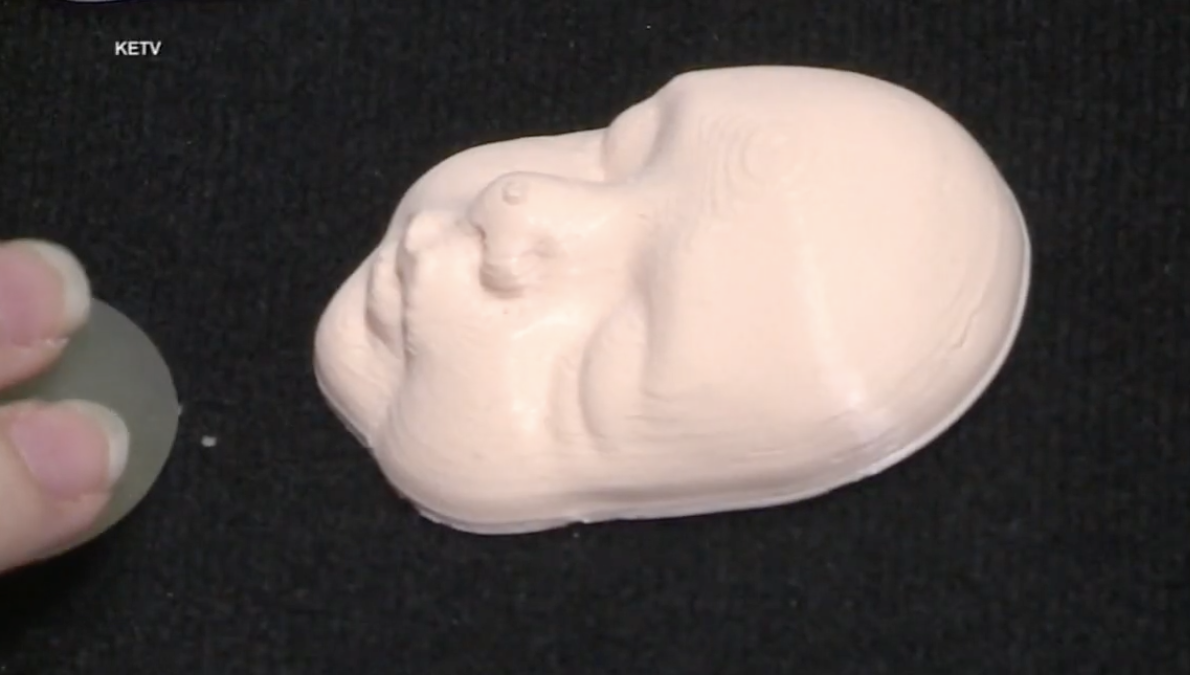
What would it be like to speak to a whale? That’s what some researchers at MIT are working on, and they recently made a breakthrough by focusing on one specific cetacean to try their new methods.
NPR writes that “sperm whales have a lot to say. The animals spend much of their lives in darkness, searching the ocean’s depths for giant squid. So sound rules their world, especially in their tight-knit family groups where they can be downright chatty.
Sperm whales don’t sing in the melodious way humpback whales are known for. Instead, they make clicks in long exchanges that sound like a blend of Morse code and popcorn popping. For decades, scientists have recorded their conversations in the hope of teasing out their patterns.
Now, a new study finds that sperm whales have far more nuanced communication than previously thought. Using machine learning, researchers at Massachusetts Institute of Technology and a collaborative called Project CETI identified a bigger lexicon of sound patterns, like an “alphabet,” one they say could possibly be combined in ways that convey meaning, as a language does.”
Researchers described their findings in the journal Nature Communications.
Now, with help from artificial intelligence, scientists are starting to unravel some of the mysteries surrounding the sperm whale communication system. They found a plethora of sounds they’ve termed a “sperm whale phonetic alphabet,” raising the possibility that the mammals have their own language, just like humans, according to Smithsonian Magazine.
The new paper is the result of a collaborative research effort called Project CETI, which stands for “Cetacean Translation Initiative.” With the initiative, researchers were curious to know if advancements in machine learning and computing could help make sense of whale vocalizations.
Scientists recorded a clan of 400 sperm whales in the Eastern Caribbean between 2005 and 2018, and they estimate at least 60 individuals ended up on the recordings. Using advanced computer algorithms, they detected patterns in the sounds—suggesting sperm whale communication may be more complex than previously assumed.
Sperm whales rattle off a series of rapid-fire clicks that researchers have named “codas.” Each coda consists of between three and 40 clicks. In addition to changing the number of clicks they make in quick succession, whales often speed up or slow down the tempo of each coda—researchers call this “rubato.” Sometimes, they add an extra “click” at the end of a coda, which scientists call “ornamentation.”
The researchers released an incredible video explaining what they’ve been studying.
Determining what sperm whales are actually saying may still take some time, though.
“If we only ever studied North American English-speaking society in the dentist office, we’d walk away with the fact that the key part of their communication system is the word ‘root canal,” one of the researchers said. “We’d just be wrong because we didn’t have a comprehensive picture.”
Sperm whales continue to recuperate from the devastating impact of commercial whaling, while simultaneously contending with emerging challenges such as collisions with ships and the pervasive issue of plastic pollution.
[Read More: K-9 Shows Why Dogs Are Man’s Best Friend]









